A 15-year study using observed radio signals from the 67 pulsars has concluded that the entire cosmos is filled with undulating gravitational waves.
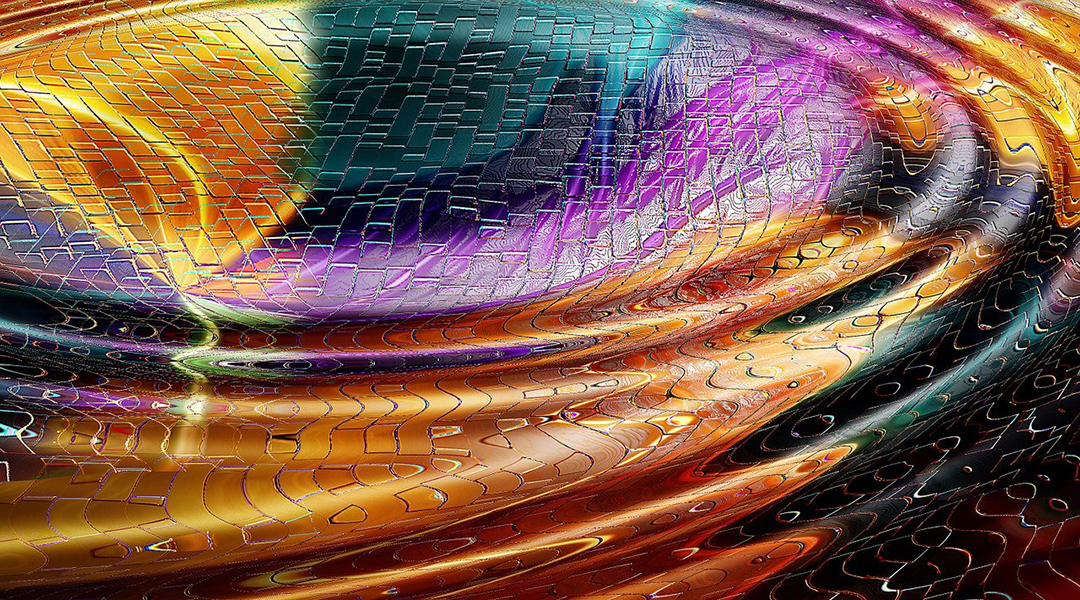

A 15-year study using observed radio signals from the 67 pulsars has concluded that the entire cosmos is filled with undulating gravitational waves.
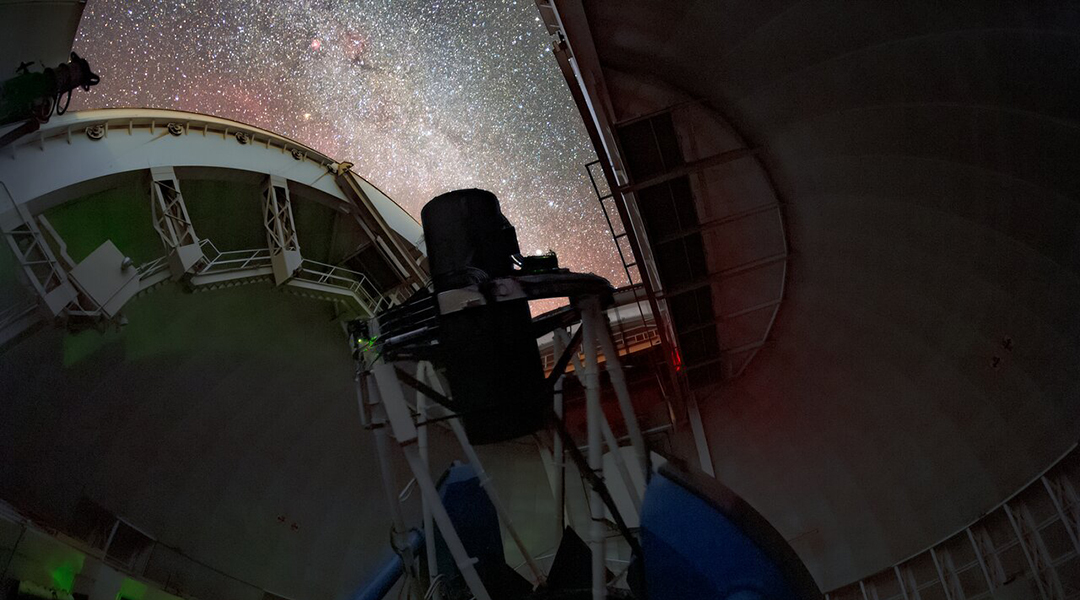
Galaxies, quasars, and stars… oh my! Dark Energy Spectroscopic Instrument (DESI) first data is a small fraction of the huge cosmic survey it will conduct.
Scientists propose a modified cosmological model that challenges the existence of dark matter and dark energy.
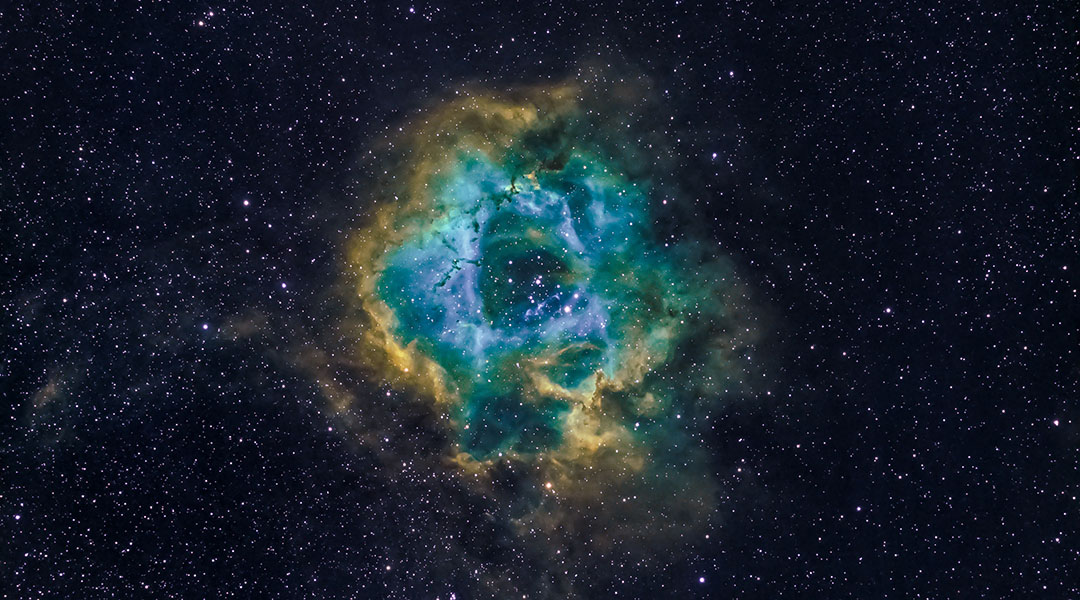
The composition of dark matter remains a mystery, but a new theory involving quantum tunneling may have eliminated some candidates.
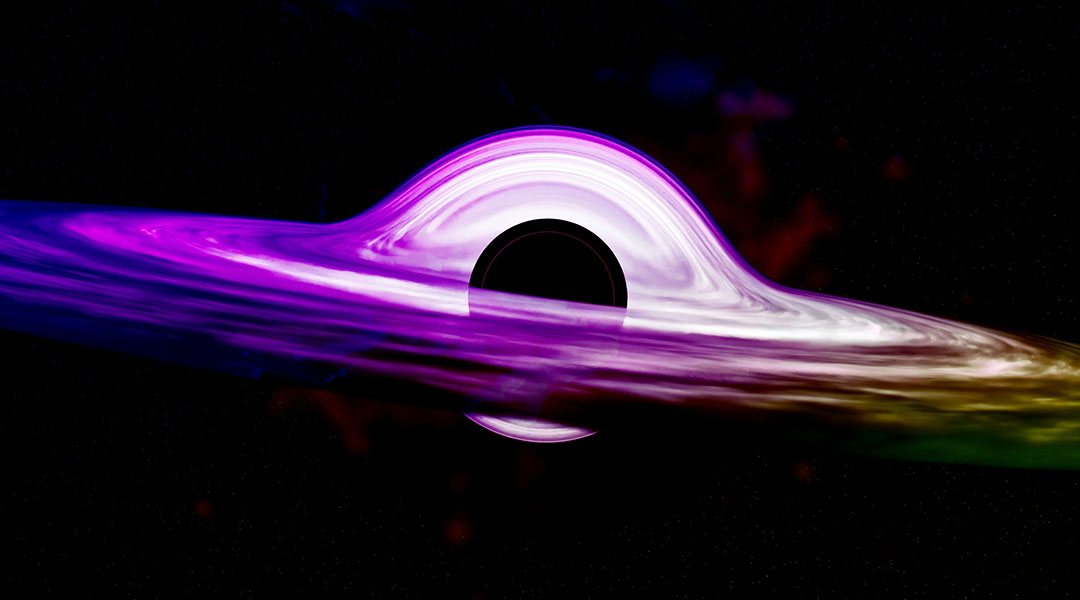
Dark matter could be aggregating around black holes, providing a possible means of indirectly measuring its properties.
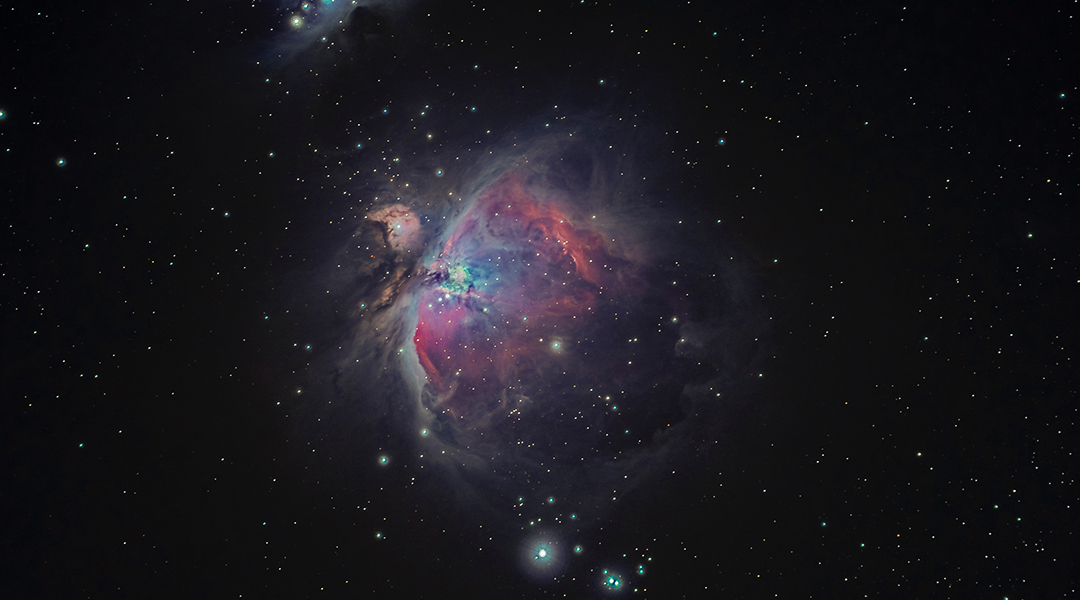
The powerful capabilities of the JWST allowed scientists to penetrate dust and gas clouds to capture crucial data on new star formation.
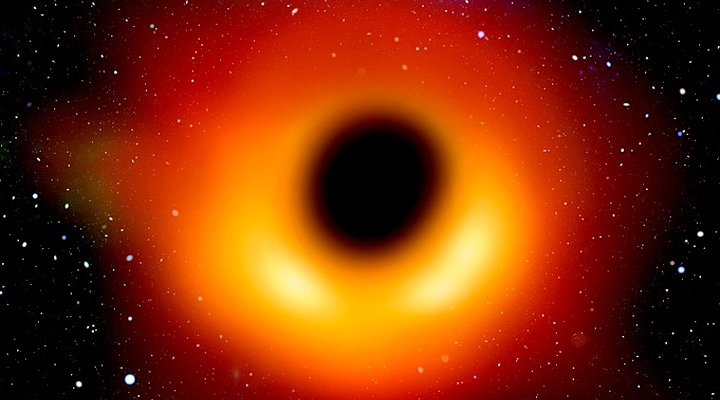
Finding the Universe’s first black holes with the help of Hawking radiation.
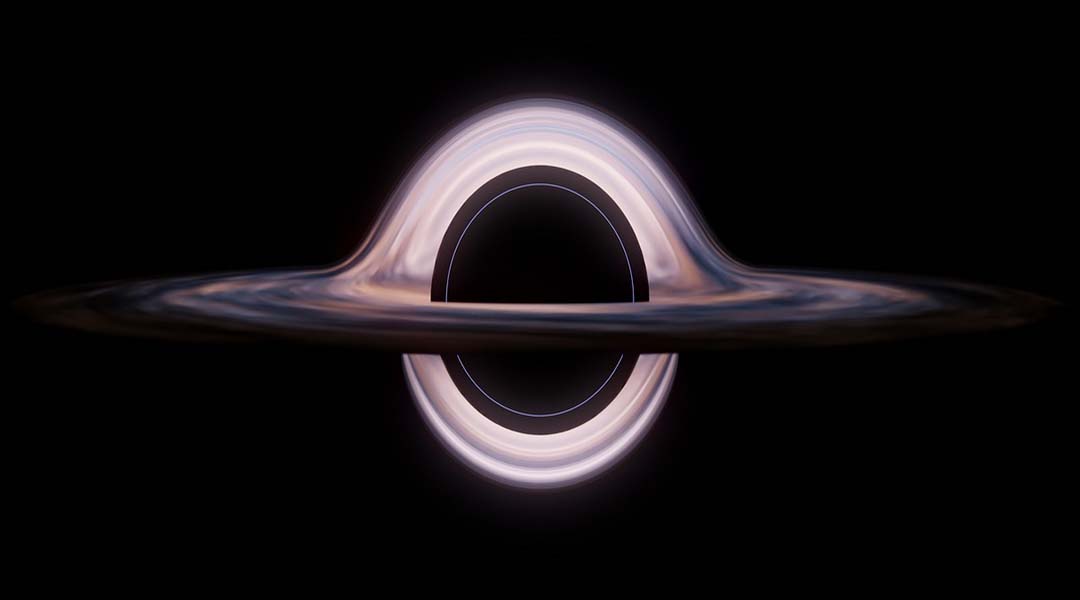
Astronomers looking at how black holes grow over time may have found the answer to one of the biggest problems in cosmology.
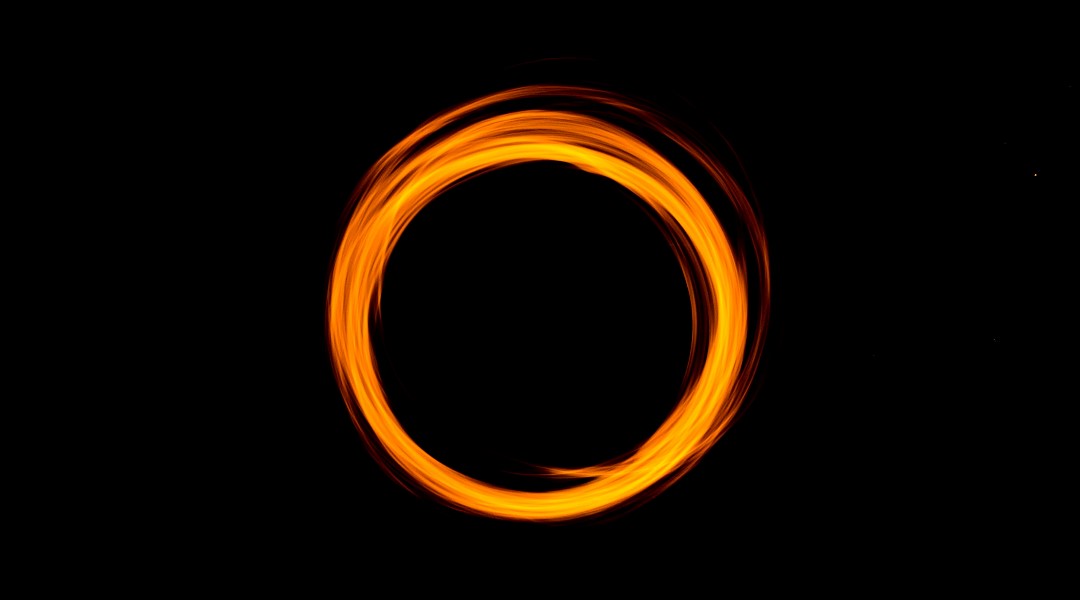
Is it time to start looking for alternatives to WIMPs?

Conflict between theory and observational evidence suggests a missing ingredient in our understanding of the early Universe.